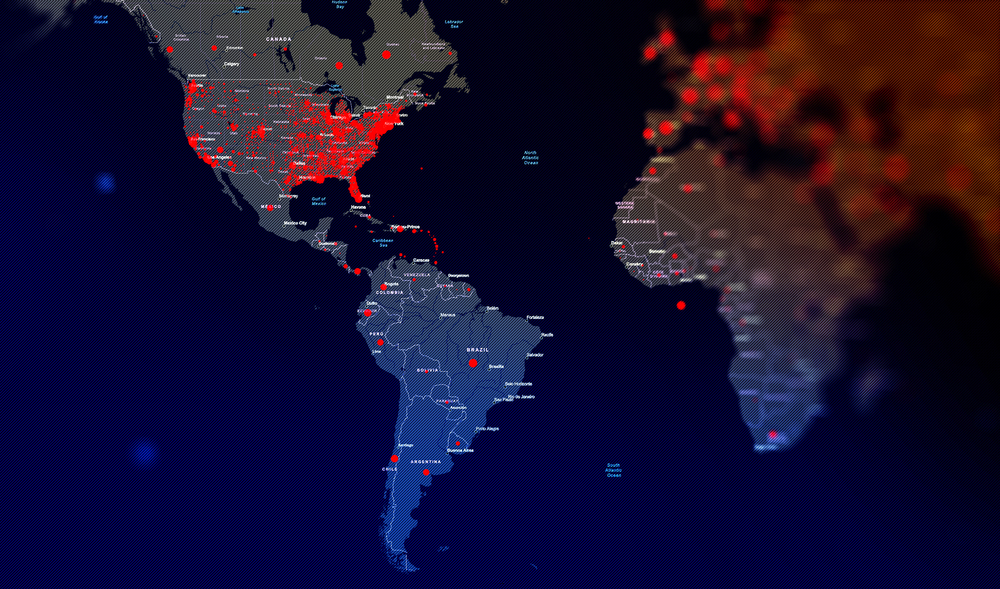Book Reviews
Philosophical Aesthetics
Quantum Computing
Global Value Chains
Peace and Stability Operations
Autonomous Intelligent Enterprise
Artificial Intelligence

Global Value Chains
The Cocoa Crisis and the Holidays
Cocoa prices surged due to weather problems in West Africa, disease, and aging trees, raising chocolate costs. Companies are increasing prices and exploring alternatives like gene editing and improved cocoa extraction techniques.

Global Value Chains
Risk Management: Sleeping When the Wind Blows
Organizations face unprecedented chaos in a BANI world (Brittle, Anxious, Nonlinear, Incomprehensible), requiring AI-powered solutions that deliver resilience, explainability, anticipation, and lucidity (REAL) to navigate complex supply chain risks effectively.

Global Value Chains
Reimagining Supply Chain Management
Organizations must move beyond VUCA and BANI frameworks by getting REAL—becoming Resilient, Explainable, Anticipatory, and Lucid—through AI-driven autonomous supply chains that successfully transform operational chaos into competitive advantage.

Global Value Chains
Will There Be Any Ho, Ho, Ho-liday Shopping?
Holiday sales expected to grow 4%, reaching $975 billion—slowest since pandemic. Consumers prioritize value and experiences over discretionary spending. Successful retailers must emphasize omnichannel strategies and value beyond discounts.Retry

Global Value Chains
Food Trends Are Redefining the CPG Sector
The food and beverage industry faces declining sales due to inflation while companies adapt to emerging consumer trends including wellness, functional foods, sustainability, clean labels, AI technology, and weight-loss innovations.

Global Value Chains
The Importance of the Global South
The Global South represents 85% of global population and growing economic power. China dominates partnerships there while America risks losing influence over critical minerals, markets, and future growth.
.jpg)
Personal Dispatches: Reflections on today’s society through the lens of Fortune Magazine December 1941

Global Value Chains
Trends 2022: Supply Chain
The article discusses significant trends in supply chain management for 2022. Key takeaways include increased focus on digital transformation, supply chain visibility, and resilience. Technology like AI and automation is expected to play a significant role. More investment will likely be in 3PL and 4PL services, micro-warehouses, and more extensive storage facilities. Sustainability and talent shortages are also pressing issues. Supply chains are expected to become more adaptable and responsive to disruptions.

Global Value Chains
Shipping Containers and Supply Chain Snarls: Is There a Way Out?
Port congestion is blamed on finger-pointing and limited space for containers. In this article, we explore collapsible containers as a solution to create more space at ports. These containers fold up to reduce storage footprint, but their higher upfront cost is a hurdle to widespread adoption.

Global Value Chains
Supply Chain Visibility in Foggy Times
The article explores the importance of supply chain visibility for businesses. It argues that many companies lack a holistic view of their supply chains, which hinders their ability to make informed decisions. I propose a five-step plan to improve supply chain visibility, including using standard identifiers, leveraging existing data, and building a digital twin of the supply chain.

Global Value Chains
Enhancing Supply Chain Resilience
The article highlights the importance of supply chain resilience after disruptions like COVID-19. It argues that digital tools like big data and AI can improve risk management, forecasting, and supply chain visibility. These technologies can help businesses adapt to disruptions and become more resilient.

